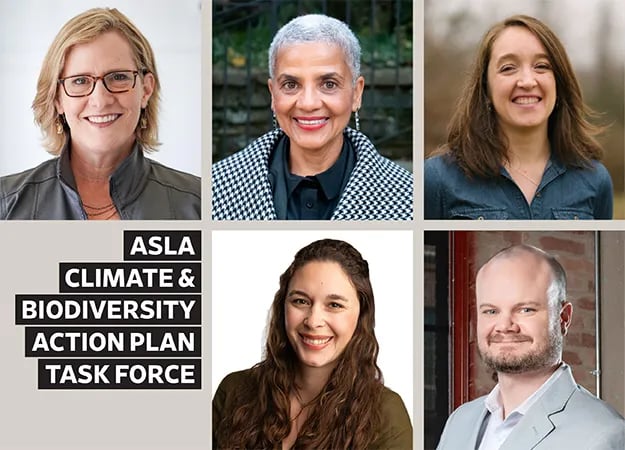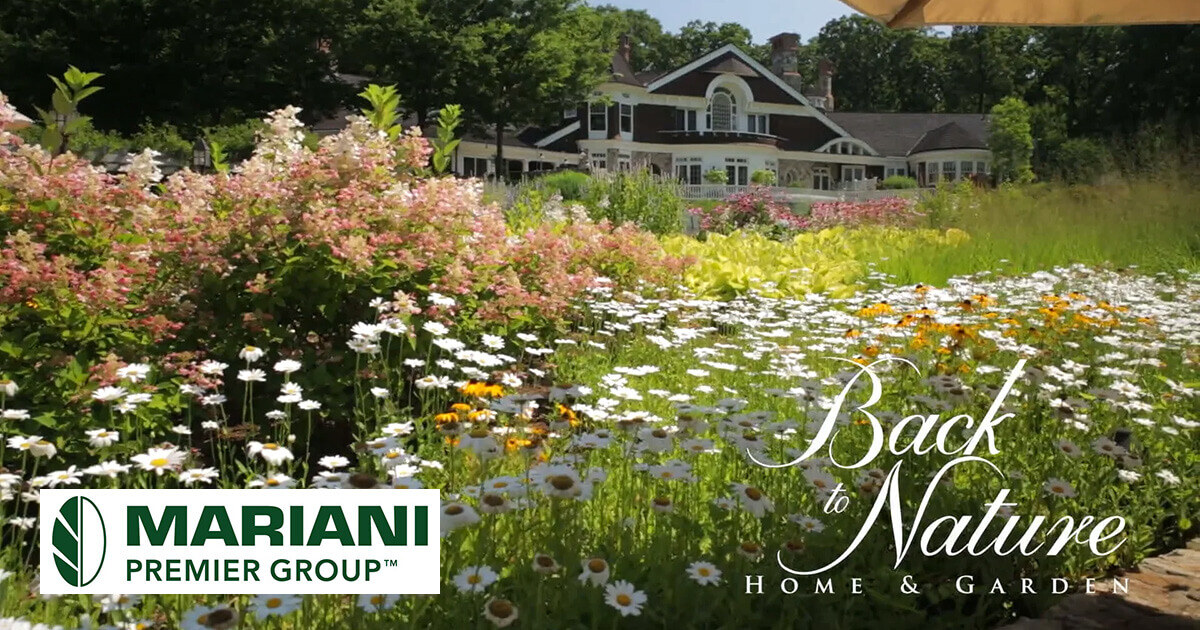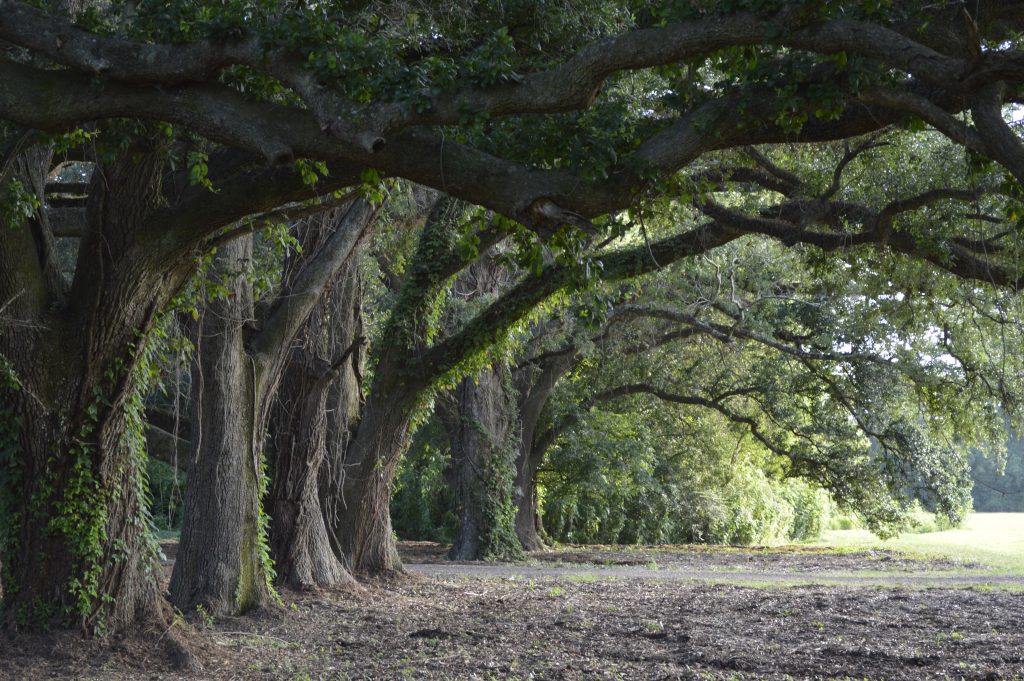.png?width=2102&height=1178&name=Aloe%20Bay%20(5).png) PROJECT DETAILS Cost: 16.5 million | Build Time: 30 years | Size: 10 acres
PROJECT DETAILS Cost: 16.5 million | Build Time: 30 years | Size: 10 acres
Building for Sustainability & Resiliency
Sea level is the highest it has been in 100,000 years. Uncertainty makes it tough for us to fully understand or even believe this reality, but the proof is there. The effects are already noticeable, and the impact is spreading rapidly. Water is slowly overtaking the coasts of the United States, and our beaches are eroding away. Powerful storm surges hit coastal communities relentlessly for several months each year, leaving overwhelming devastation behind. The rise of sea levels threatens the entire planet, and the global community must respond together. We need experts who can lead this response. Scientists, policymakers, journalists—to name a few. Among the most critical group of leaders, though, are those working closest to nature. People with knowledge of the earth and the way it grows. The outdoor professionals.
.png?width=2078&height=1184&name=Aloe%20Bay%20(3).png) Marina Rendering
Marina Rendering
One of the first areas of the United States to feel the impact of high sea levels is the string of barrier islands in the northern Gulf of Mexico. Within that group is the community of Dauphin Island, a historic Alabama town just south of Mobile. One thousand two hundred people live on the six square miles of Dauphin Island, mostly on the northern side, where large sand dunes help protect property from storm surges. For years, only boats could reach the island. Neighbors knew each other well, and they lived a simple life together. Tourism began to boom in 1929, when the Alabama Deep Sea Fishing Rodeo launched. Fishing enthusiasts visited from miles away with hopes of getting on the water and harpooning an enormous creature from the deep. Then, in 1954, leaders in the state built a bridge to help more visitors access the beauty and charm of the small community. People built vacation homes on the small slivers of land along the island’s west side, and growth continued over a span of decades. As the island grew, so did weather and economic challenges.
“At times, the western part of the island is almost completely cut off. It is just a couple feet above sea elevation, and when you get the wave action that a barrier island gets, you can imagine that a lot goes underwater and is inaccessible. This has gotten worse during the last few decades, and now even small storms have a major impact,” says Adam Martin, a landscape architect and urban designer in Mobile. “When that part of the island gets cut off, all the revenue that could have been made from rental homes and lodging tax is gone.”
.png?width=211&height=281&name=Aloe%20Bay%20(7).png) Millions of dollars have been spent on disaster recovery efforts following various storms. Leaders in Dauphin Island began brainstorming solutions to this decades ago, but their plans were set in motion after Hurricane Katrina hit in 2005. They called that the “final trigger.”
Millions of dollars have been spent on disaster recovery efforts following various storms. Leaders in Dauphin Island began brainstorming solutions to this decades ago, but their plans were set in motion after Hurricane Katrina hit in 2005. They called that the “final trigger.”
“It literally split the island into two halves,” says Adam. “The U.S. Army Corps of Engineers had to get involved to try to reengineer the connection. This made them realize the need for a safer, physical area for a town center that would provide improved and more stable revenue generation.”
In 2007, leaders decided to relocate the city’s economic hub to Aloe Bay, an area on the northern side of the island that is less impacted by storms. The Aloe Bay Town Center project will create a small, mixed-use area with commercial fishing, eco-tourism activities, housing and retail space. The project will unfold in three phases. The first centers on conceptual planning, the second on cost analysis, engineering and construction permitting, then the third will be the actual building process. Dauphin Island town leaders chose Adam and his team to spearhead phase one following the Deepwater Horizon oil spill in 2010. Adam works with Goodwyn Mills Cawood (GMC), one of the largest architecture and engineering firms in the southeast. The firm is made up of specialists with a wide range of expertise, including architecture, urban planning, engineering, environmental science and economic development. The group started developing a comprehensive master plan to improve the island’s sustainability and economic resilience. In 2019, federal groups offered more than $16.5 million dollars of assistance funds to Dauphin Island, through programs like the RESTORE Act. This allowed a GMC-led team, including Dover Kohl and Partners along with Randall Gross Economic Development,to finalize the initial phase of the project, a 200-page master plan that will be a road map for the next 10 to 20 years of work. They released the plan in August of 2021, and it was adopted by the town in 2022.
“It was a long process,” says Adam. “Because it is a publicly-funded project, we took in a lot of public input. We started with an outdoor event to kick things off in June of 2020. We had to be somewhat creative because of the pandemic, but we wanted to let everyone know what we are doing and why the project is important.”
Weeks of data gathering and meetings followed this initial launch. Designers and planners wanted to discuss ideas with the public, stakeholders and residents. GMC held several virtual charrettes. They sent researchers to meet with people one on one. They made educational materials like films and brochures. They even helped remote islanders access the internet and taught the older population how to use Zoom and other online tools. Hundreds of people engaged in the effort, giving their opinions and sharing what they hoped to see come of their beloved town.
.png?width=860&height=1172&name=Aloe%20Bay%20(8).png)
.png?width=1568&height=1160&name=Aloe%20Bay%20(6).png)
“The biggest challenge that residents struggled with was the balance between, what is the right amount of and the right kind of development?” says Adam. “And rightfully so! This town has a lot of history, and they don't want to lose who they are. We had a lot of discussions about allowing a little change to happen. I think people started to realize they can't do nothing. They need a place for people who visit the island, and they need a place for the residents to build a sustainable and resilient economy. It is a balancing act.”
Through weeks of meetings and brainstorming, developers created the schematics for a working waterfront in Aloe Bay. It will be a mixed-use town center with a wide range of activities like commercial fishing, retail space and ecotourism sites. There will be new spots for lodging, a network of boardwalks, docks for larger charter boats and areas for watching wildlife like birds and marine life. These features, and the many others outlined in the plan, are all designed to attract visitors while not burdening the town residents. They will also be designed to fit the style of the island. Adam says this presented new challenges that most urban projects don't run into.
.png?width=2102&height=1180&name=Aloe%20Bay%20(4).png) Aloe Bay Yard Rendering
Aloe Bay Yard Rendering
“There's a community character to the island architecturally,” he explains. “The building typology has been elevated above the floodplain because of all the water issues. We must think about, especially from an urban design perspective, how to activate the site at the ground level so it can match the activity on the higher level. The ground plane level needs to be more functional to protect from flooding. We decided to incorporate environmental sustainability techniques that support low impact developments. Things like permeable paving and bio infiltration. Maybe even rainwater harvesting. This will help in the development process, the aesthetic and improve the ecology of the entire space.”
The project will really come to life during the beginning infrastructure design and engineering phases. This will involve streetscapes and public access amenities like boardwalks and seawalls. A team of four or five people will likely work on these elements continuously during the next year or two. Implementing all the ideas outlined in the master plan, though, could take up to 30 years. Adam says it will be a long process, but he is hopeful for what is to come.
.png?width=2104&height=1168&name=Aloe%20Bay%20(2).png)
“We want this to improve the lives of everyone on the island and those who will visit in the future,” he adds. “We live right next door; we spend a lot of time on Dauphin Island. We want to bring our kids and grandkids one day. We want it to still be around. The answer revolves around sustainability. Building sustainably and resiliently so the town can bounce back when there's a storm. Building a resilient economy so when something happens to the west end they have a town center where people can still go. It excites me, and I think it is beginning to excite people on the island too.”
The Aloe Bay Town Center Master Plan will help preserve the island’s history, character and ecosystem, while boosting its economic opportunities and building resilience. This project exemplifies the partnership between sustainability and economic resiliency, showing how the two complement and strengthen each other. They each help communities and businesses develop a strong foundation and the promise for a future.
.png?width=2096&height=1164&name=Aloe%20Bay%20(1).png) Store Front Rendering
Store Front Rendering
Get in Touch
Goodwyn Mills Cawood (GMC)

Climate & Biodiversity Action Plan
The American Society for Landscape Architecture (ASLA) has announced the five-member Task Force and 33-member Advisory Group that will develop its...

Mariani Premier Group Expands Again With Addition of Innovative New Jersey Firm
Lake Bluff, IL (December 12, 2024)—The Mariani Premier Group (MPG) announced today the addition of Back to Nature Home & Garden, an award winning...


 Mary Kate Carson
Mary Kate Carson
